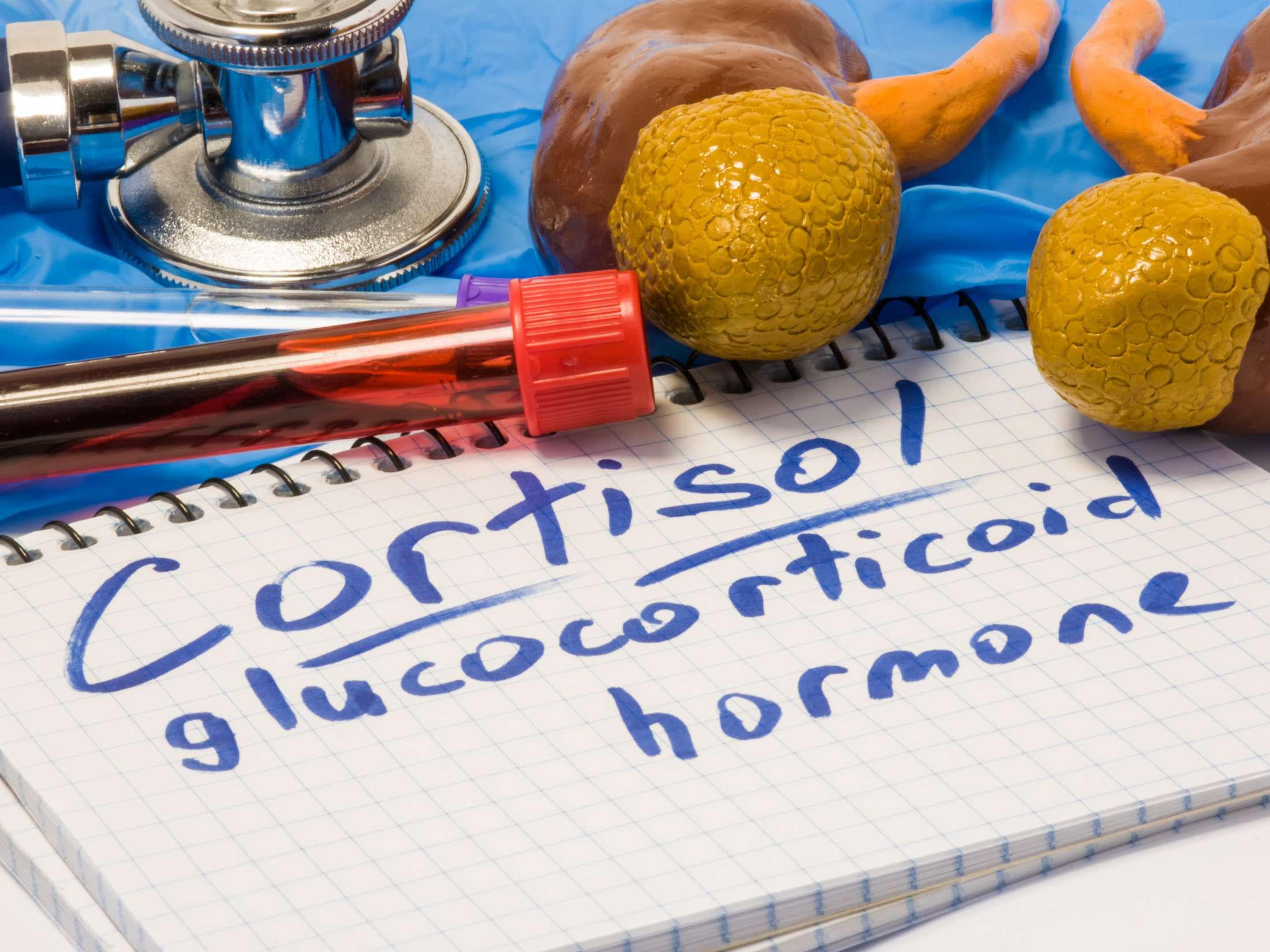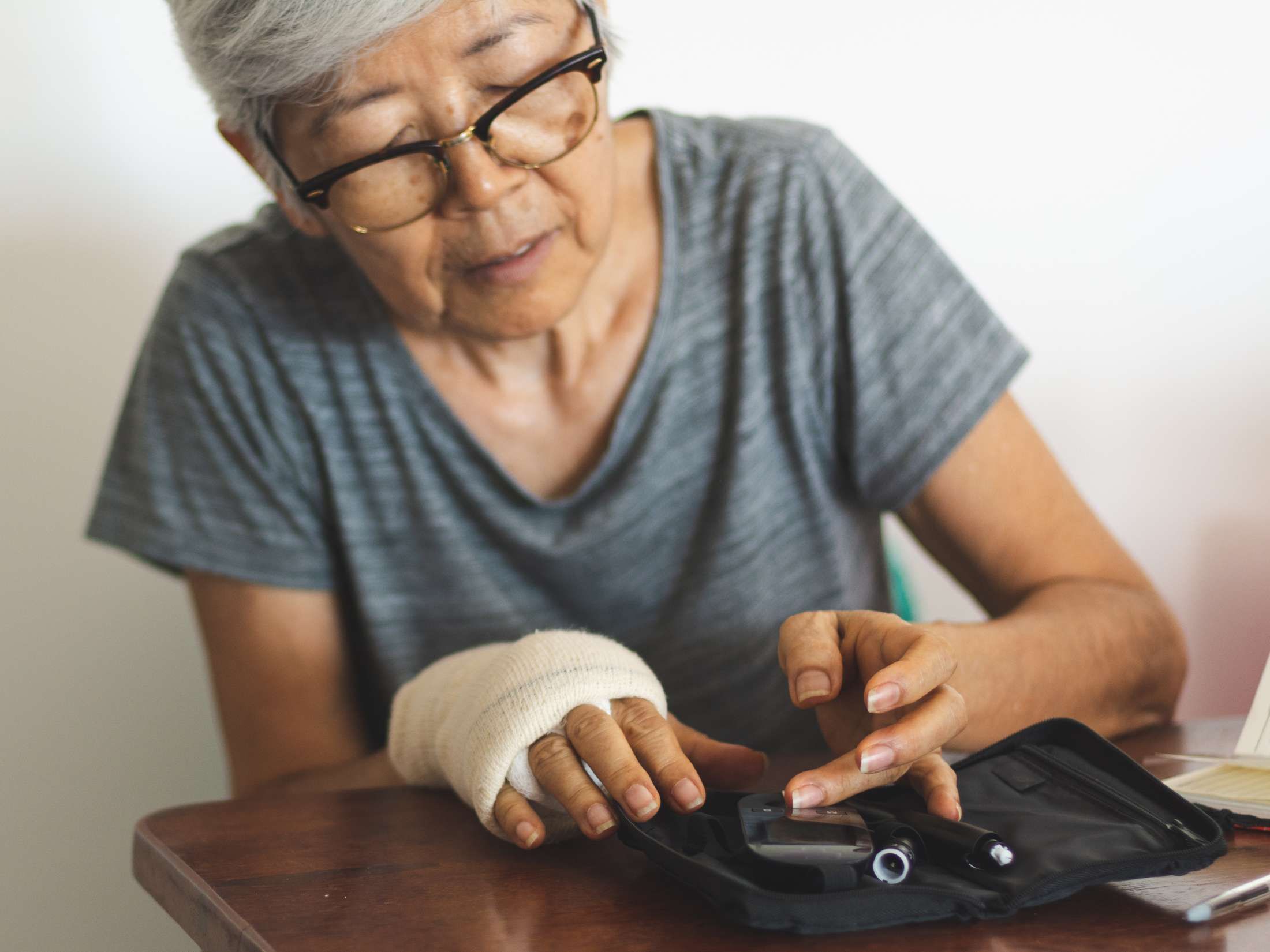Type 2 diabetes with hyperglycemia occurs when a person’s blood sugar elevates to potentially dangerous levels. When this occurs, a person may require medical treatment.
A person living with type 2 diabetes can experience either hyperglycemia, which means an elevated blood glucose level, or hypoglycemia, which refers to a low level. Several factors, such as an illness, can cause these fluctuations to occur, even in people with otherwise well-controlled type 2 diabetes.
Untreated hyperglycemia can lead to diabetic ketoacidosis, although this is
The following article discusses hyperglycemia in more detail, including the possible complications and what to do if the condition occurs.
Type 2 diabetes with hyperglycemia occurs when a person living with type 2 diabetes has high blood sugar levels.
It
If high blood sugar levels do not go back down, they can cause ketoacidosis, which is a potentially life threatening condition that requires treatment.
Learn more about the link between hyperglycemia and type 2 diabetes.
Type 2 diabetes explained
Type 2 diabetes accounts for
A person with type 2 diabetes has developed insulin resistance. When this occurs, the body does not respond properly to insulin, which the pancreas produces. This insufficient response causes a buildup of insulin in the pancreas, which tries to keep up with demand.
Eventually, the pancreas can no longer keep up, which causes a person’s blood sugar levels to rise and puts them at risk of developing prediabetes or type 2 diabetes.
Learn about the differences between type 1 and type 2 diabetes.
The most immediate danger of hyperglycemia is a condition known as ketoacidosis or diabetic coma. Ketoacidosis is a life threatening condition that occurs due to a buildup of ketones.
When the body does not have enough insulin to process sugar in the blood, it starts to break down fat for fuel. As it does so, it creates an excess of ketones, which are a byproduct of the process.
The body can naturally remove ketones through the urine, but during a blood sugar spike, it cannot remove them fast enough, resulting in an unsafe accumulation.
The symptoms of ketoacidosis include:
Learn more about type 2 diabetes and ketoacidosis.
In addition, over time, frequent spikes in blood sugar can lead to several serious health complications. These include:
Learn more about the symptoms and complications of diabetes.
Signs and symptoms indicating that blood sugar levels have spiked in a person living with type 2 diabetes
Without treatment, diabetic ketoacidosis
- feeling very tired
- flushing of the face
- muscle aches or stiffness
- deep, fast breathing
- dry skin and dry mouth
- breath has a fruity smell
- headaches
- stomach pain
- nausea and vomiting
Learn more about how hyperglycemia can feel.
A person with type 2 diabetes should go for regular blood tests and keep all healthcare appointments to help prevent spikes in blood sugar. In between visits, a person should let a doctor know if they have several high blood sugar readings.
When a person living with type 2 diabetes is sick or has a blood sugar reading of 240 milligrams per deciliter or higher, the
A person should seek emergency medical treatment if their ketone levels are high or they show signs of ketoacidosis, which include:
- extreme thirst
- frequent urination
- deep, fast breathing
- breath that smells fruity
- intense fatigue
- nausea
- vomiting
- abdominal pain
A person can take various steps to lower their blood sugar if they have hyperglycemia.
Hydration and insulin
According to
However, if the person is dehydrated, the recommendation is to hydrate the person first and then use insulin.
Learn more about dehydration.
Exercise
The American Diabetes Association (ADA) suggests exercising for those who are comfortable doing so to immediately reduce blood sugar levels. However, the ADA warns that a person should check their urine for ketones first, which can be done using at-home tests.
If the urine contains ketones, exercising to lower blood sugar levels may be dangerous. In such cases, a person should check with a doctor to see whether they can exercise safely with high blood sugar.
Learn about testing urine ketones, including home tests.
Treating ketoacidosis
A person with ketoacidosis should receive emergency treatment in a hospital.
The
- hydration
- introducing electrolytes
- injecting insulin
- medication to treat any underlying conditions
In many cases, a person can help prevent blood sugar spikes by following their treatment plan. Although these plans differ among individuals, a doctor
- checking blood sugar levels as regularly as a doctor recommends
- eating a balanced diet that is low in sugary foods, simple carbohydrates, and processed foods
- getting regular exercise where possible
- taking medications as prescribed
- keeping all scheduled healthcare appointments
- storing diabetes supplies in a cool, dry location
- becoming familiar with the symptoms of high blood sugar
Causes of blood sugar spikes
Certain events and factors can cause or trigger blood sugar spikes or ketoacidosis. They
- missing insulin injections
- illness
- stroke
- heart attack
- drug or alcohol use
- injury
- certain medications, such as corticosteroids or diuretics
With treatment, a person can generally fully recover from elevated blood glucose levels. Anyone who experiences any symptoms of high blood sugar should not hesitate to contact a doctor.
After treatment, a person should talk with the doctor about adjusting their treatment plan if necessary. They should also go back to taking their medications regularly and following their diet and exercise plans.
A person living with type 2 diabetes can develop hyperglycemia, which is a spike in blood sugar levels. A person may be able to avoid this with proper treatment and management. In more severe cases, a person may develop ketoacidosis.
If ketoacidosis occurs, a person should seek emergency care as soon as possible. After treatment, a person will often recover fully.



